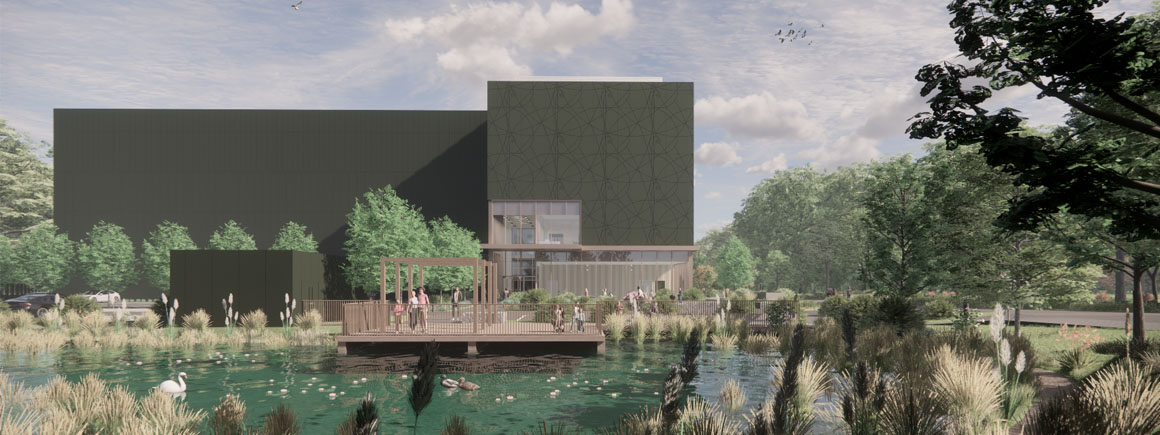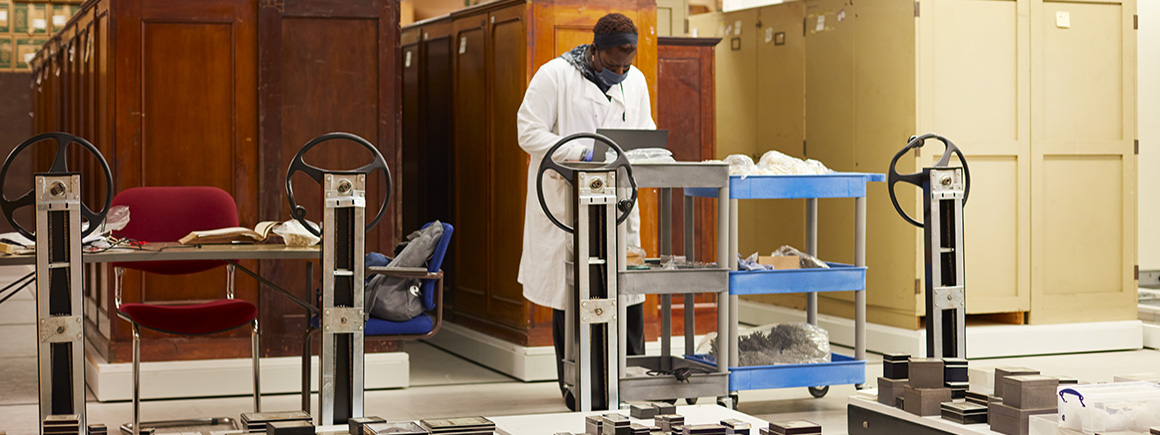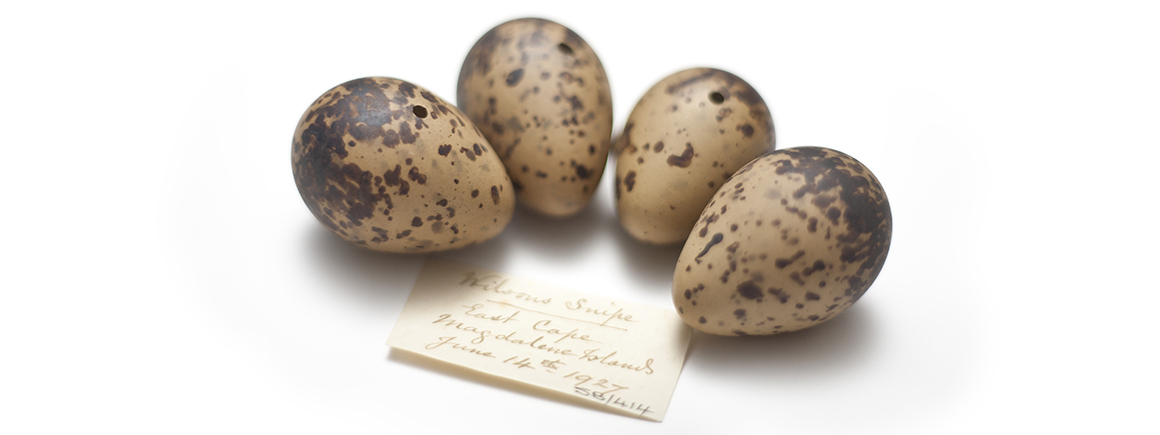Looking for a specimen?
The crocodylomorph collection is being digitised

Fossil specimen of Steneosaurus bollensis from the Lower Jurassic of Germany
The Museum's crocodylomorph and early archosaur collections include an estimated 5,000 specimens, from isolated incomplete bones to articulated skeletons on slabs and mounts.
Although many specimens are from pyrite-bearing strata vulnerable to decay, our crocodylomorph collection is generally in very good condition.
At least a fifth of the collection space is occupied by Triassic archosaurs from the UK and abroad, including Ornithosuchus, Scleromochlus, Erythrosuchus, aetosaurs and phytosaurs.
British Mesozoic crocodylomorphs are very well represented due to a long history of collecting across the British Isles in the Lower Lias Group, Upper Lias Group, Kimmeridge Clay Formation, Oxford Clay Formation and Purbeck Beds. Specimens include:
The collections include a large number of foreign specimens from parts of Europe, the Indian subcontinent and Africa.
The fossil crocodylomorphs are used in a wide range of research projects, ranging from taxonomic revisions to biomechanical and palaeoecological studies.
Argentina, Australia, Baluchistan (Pakistan), Bangladesh, Belgium, Bengal, Brazil, Burma (Myanmar), Bolivia, Canada, Egypt, France, Germany, India, Libya, Madagascar, Mali, Morocco, Niger, Nigeria, Pakistan, Peru, Saudi Arabia, Scotland, Seychelles, South Africa, Spain, Sudan, Switzerland, Tanzania, Thailand, Uganda, UK and the USA.
Our collection includes Triassic material from South Africa, USA, Germany and Scotland. The Jurassic and Cretaceous of the UK, France and Germany are very well represented, with Thalattosuchia being one of the strengths of the collection. The Cenozoic is covered by material from the UK and Europe, the Indian subcontinent and Africa.
We are actively acquiring specimens from Morocco.
Some countries and regions, such as Thailand and Patagonia, are represented by casts of specimens.
The crocodylomorph collection is being digitised
If you would like to use any specimens for research

Access to some collections will be affected as we prepare for the move to our new collections, science and digitisation centre.

Scientists and collections management specialists can visit the collections and borrow specimens for research.

Our duty is to provide a safe and secure environment for all of our collections.